Whether you live in a petite apartment or a sprawling country house, you want to put your own decorative stamp on your space. Displaying art is one of the best ways to transform an otherwise sparsely adorned room and make it your own — it’s also a great way to make an investment in something you love. If you’re at a loss where to start, understanding various art movements can give you some direction as you peruse different styles and forms.
Even if you’re already set on that must-have piece, a little knowledge about major 19th century art movements can give you a better feel for the history behind an item. Plus, who doesn’t like a little art history trivia served up with some appetizers when guests come to visit? Here are some basics from EBTH that’ll lead you deeper into your quest for knowledge about major art movements of the 19th century.
While the word “romanticism” might conjure images of butterflies and young lovers, the art movement bearing this name was anything but. The Romantic art movement heavily emphasized imagination and emotion in the realm of creation. Fine art pieces from this period are often intense and dramatic, directly challenging the reason and order of the Enlightenment.
As an alternative to the ordered world, art from this period was often meant to stun or terrorize. If you’re looking at paintings from this period, expect to find violent, unsettling imagery of subjects like shipwrecks, wild animals in their primal states, and foreboding landscapes. Shock and terror were among the norm during this movement, and many consider art during this period to have a gothic feel.
Key artists from this period include:
• William Blake
• Henry Fuseli
• Eugene Delacroix
• Francisco Goya
• Carl Blechen
• William Turner
Realism transitioned from the intense imaginations of the Romantics by focusing on everyday objects and daily life as a subject for art. In an attempt to illustrate a realistic view of things, much of the artwork from this movement reflects portrayals of daily life that are recognizable to viewers, even scenes that were unpleasant, ugly, or seemingly mundane. Artwork from this period often depicts working in the countryside, sedentary tasks, and home life. Artists used unembellished color schemes to accurately convey the feeling and appearance of day-to-day life.
Key artists from this period include:
• Jean-Francois Millet
• Gustave Courbet
• Rosa Bonheur
• James Whistler
Impressionism is often considered one of the first distinct movements in modern art. Progressive for its time and seen as a direct contrast to Realism, paintings of this era were not true-to-life depictions. Instead, artists started to use their works to portray things not always clear to the visible eye, like the passage of time or changes in light. To do this, many painters in particular abandoned the notion of clarity and distinction, instead opting for loose, expressive brushwork and unique applications of color to convey a sense of time and place and the artist’s impression of the scene. To this end, many critics claimed that Impressionist pieces had an unfinished look about them. Popular subject matter during this movement included scenes of public leisure, cityscapes, and landscapes.
Key Impressionist artists include:
• Claude Monet
• Edgar Degas
• Edouard Manet
• Pierre-Auguste Renoir
• Mary Cassatt
• Alfred Sisley
Symbolism was a movement that sought to express ideas using forms, shapes, and symbols instead of their literal representations. Like the Impressionists, Symbolist artists used this style to work in direct contrast to Realism and give form to emotions, ideas, and feelings. Rather than focus on daily life, Symbolism tried to reflect imagination, dreams, and spirituality. As a result, many of these artistic pieces are grotesquely dark, morbid, or evil. This movement was a significant transition point from the Romanticism of the early 19th century to the Modernism of the early 20th century.
Key artists include:
• Paul Gauguin
• Edvard Munch
• Odilon Redon
• Gustave Moreau
• John William Waterhouse
While Post-Impressionism features a range of artistic styles, its artists all shared the commonality of subjective vision. During this period, paintings were viewed as a window into an artist’s soul. These artists relied on the relationship of color and shape to tell their own personal stories. Many Post-Impressionist works focus on abstracted patterns and forms, paving the way for the abstract movements of the 20th century.
Key Post-Impressionist artists include:
• Vincent van Gogh
• Paul Cezanne
• Paul Gauguin
• Henri Rousseau
• Henri de Toulouse-Lautrec
• Pierre Bonnard
While many 19th century art movements are reflected in hanging art, the end of the century started to see a change in this trend. If you’re more interested adding a sculpture or decorative arts piece to your home, you might try browsing through pieces from the Art Nouveau movement.
This movement is heavily reflected in architecture and decorative elements, as it aimed to modernize interior design. Artists during this period abandoned the traditional Victorian styles of the 19th century with architectural elements such as spiral staircases that reflected the contours and curving “whiplash” lines found in nature fitted into the geometry of existing structures.
Key Art Nouveau artists include:
• Gustav Klimt
• Alphonse Mucha
• Victor Horta
• Louis Comfort Tiffany
• Aubrey Beardsley
Armed with this knowledge of major 19th century art movements, you’re better equipped to shop for pieces that have historical meaning and cultural significance. With new discoveries arriving every day at Everything But The House, you never know when you’ll find that 19th century piece to serve as an exclamation point for your home decor.
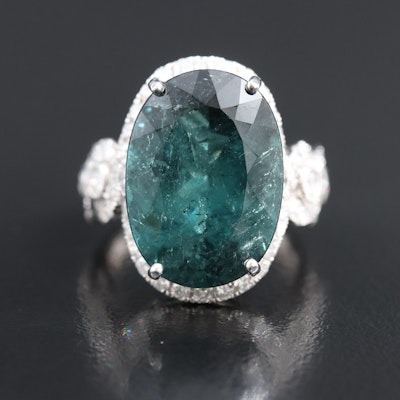
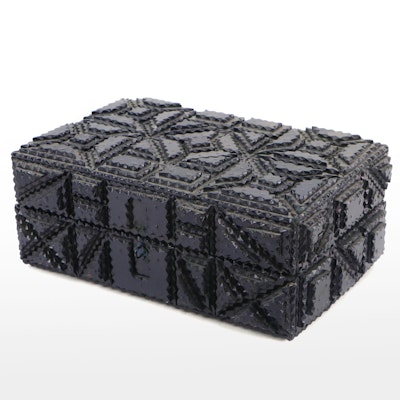



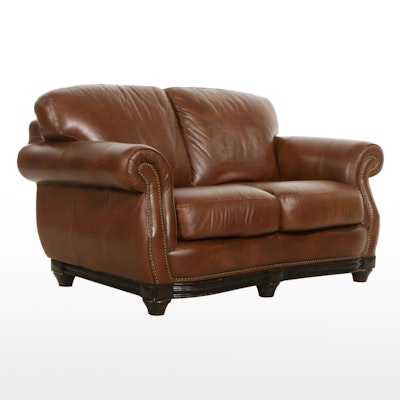

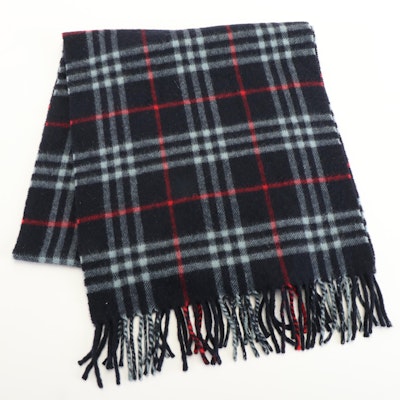
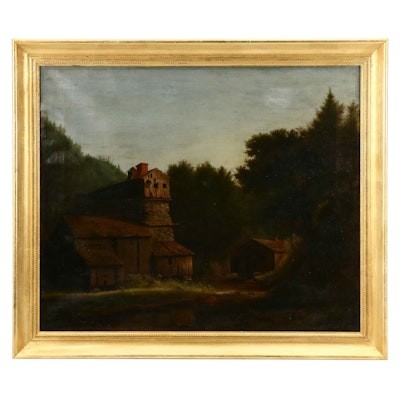






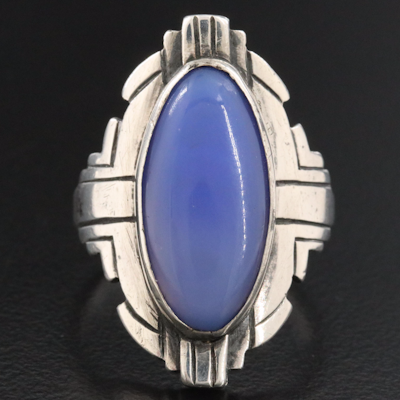
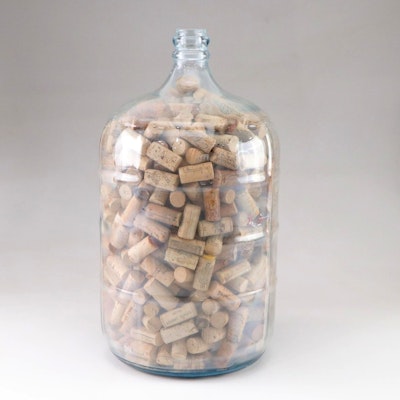
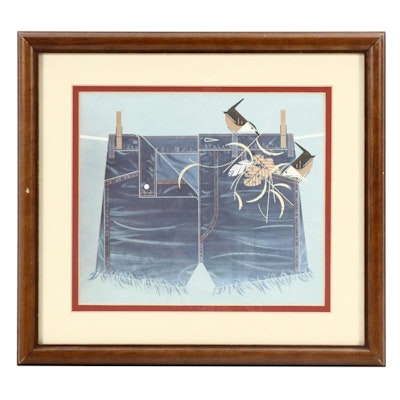
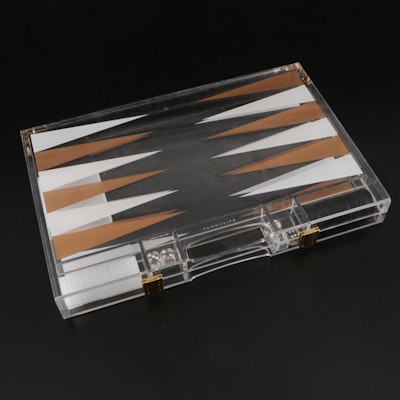
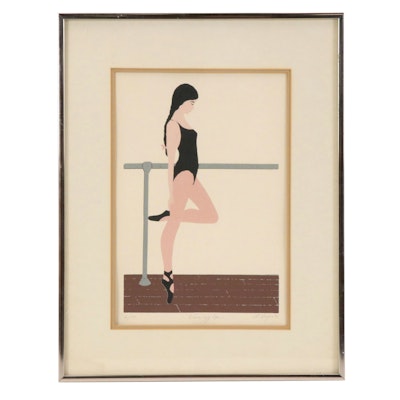

There are some amazing, one-of-a-kind items waiting to be discovered. Sign in to start bidding!
Not a member? Sign up.